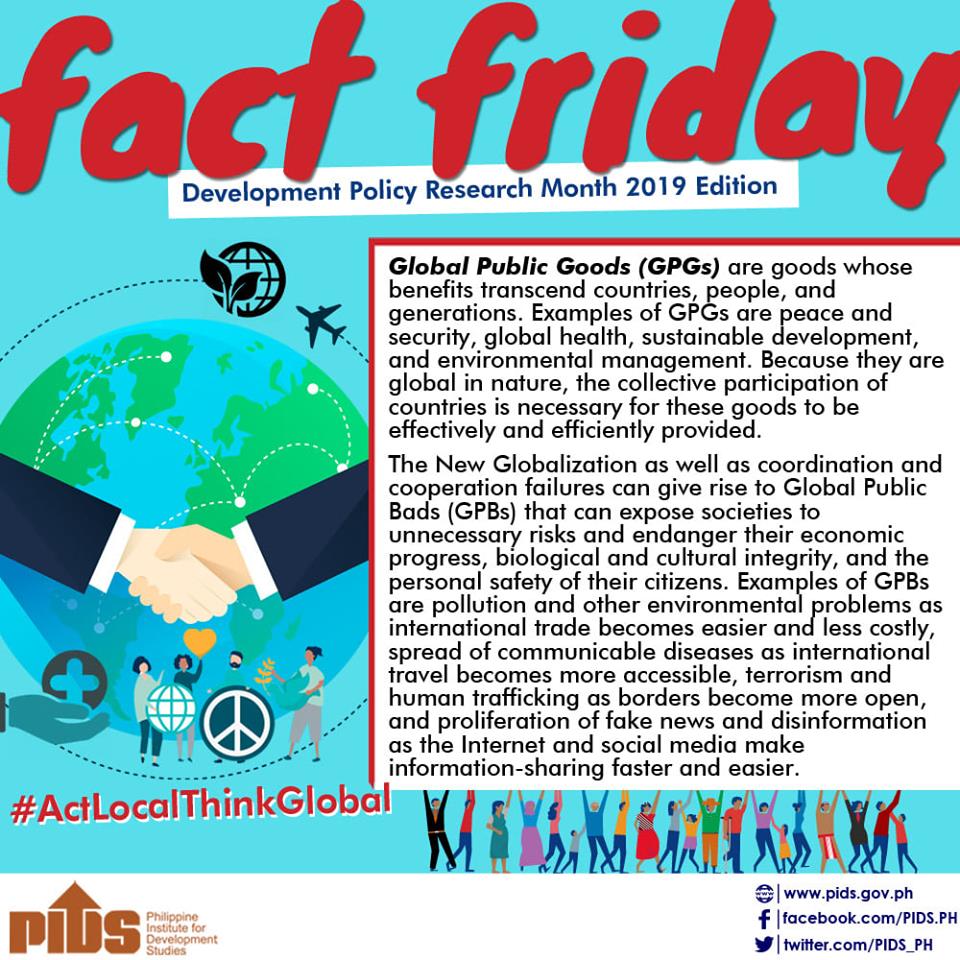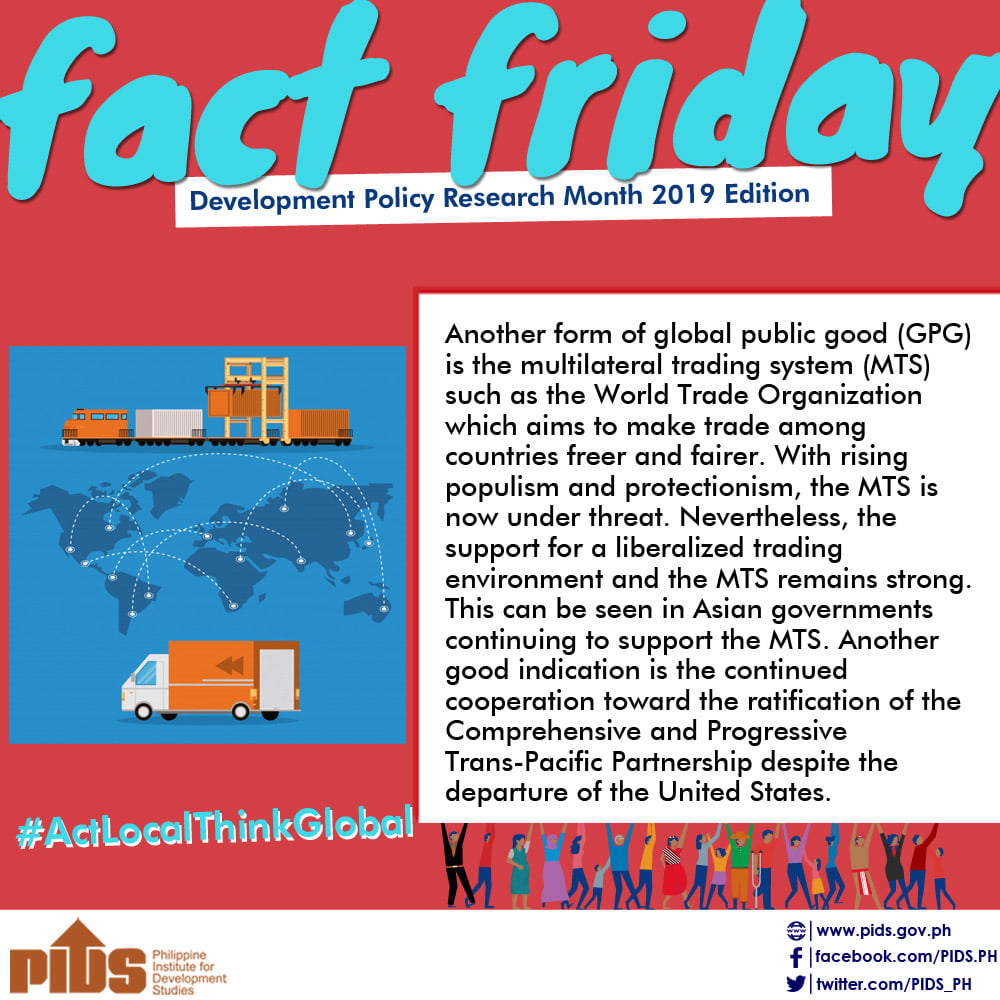Proposed Philippine constitution would replace central with federal rule, but would also potentially allow Duterte to dodge current legal term limits
If a new proposed constitution is passed as drafted, then Philippine President Rodrigo Duterte could in theory extend his term in office until 2030, well beyond the current six-year, one-term limit.
A special Consultative Committee composed of leading experts and jurists handpicked by the president recently finalized the draft of a new charter that proposes to change fundamentally the country’s political structure and power relations.
If approved, first by the president then by the legislature and finally by the Filipino people, it will replace the Philippines’ current unitary-centralized system with a new federal structure of government.
Ending the reign of so-called “imperial Manila”, where the national capital has long dominated both politically and economically, was among Duterte’s key promises on the campaign trail.
Duterte, the first Filipino president to hail from the southern island of Mindanao, has made political decentralization away from the industrialized north towards the mostly agricultural south a key policy priority since winning office.
Full constitutional change, rather than simply amending the current charter, is in Duterte’s view the only way to achieve a just distribution of power between the center and peripheries.
Under the proposed new constitution, the Philippines will still have a directly elected president through a nationwide popular vote. But it will also have 18 federated regions with their own regional assemblies.
There will also be a new Federal House of Representatives composed of 400 member, who will be elected by a combination of direct votes (based on geographic constituencies) and proportional representations (for marginalized sectors).
Senators will no longer be elected in national elections, but rather through regional state-level polls. Regional governments will also be given greater autonomy to raise their own taxes and determine their developmental priorities as well as localized legislation.
In a country dominated by rural warlords and political dynasties, federalism will likely be warmly welcomed by much of the local-level political establishment.
Academic studies estimate that 178 political dynasties currently dominate 73 out of a total of 81 provinces nationwide. The majority of legislators (70%) hail from so-called political dynasties which are related by blood and kinship and often take over elected office in quick succession to circumvent term limits on individual officials.
The new proposed constitution, however, seeks to impose limitations on the proliferation of political dynasties by restricting the simultaneous or successive election of aspiring politicians who are related by a second degree of consanguinity and affinity (i.e., from father to son, or wife, or siblings).
There is no assurance, however, that these provisions would be adopted by the legislature, which is notably currently dominated by political dynasties.
The Philippines could start to transition to a new political era as early as May 2019 if a majority of citizens approve the proposed new constitution in a nationwide referendum.
In May 2022, when the six-year term of office for Duterte and other leading officials expires, the country would theoretically transition from a unitary to a federal government through new elections.
This could pave the way for a new political order for the first time since the downfall of the Ferdinand Marcos dictatorship in 1986.
It could also usher in a so-called “imperial presidency”, one where Duterte could not only oversee the process of constitutional transition (2019-2022), but also potentially extend his stay in power through to 2030 if he were to to run and win for two more consecutive terms. Under the current charter, presidents are limited to one term.
Duterte’s allies argue that federalism is the one and only way to address the country’s profound developmental inequalities and chronic political problems.
Beyond the semantics, though, the government has yet to provide a convincing case for the urgency of its federalism push. It’s no wonder then that a majority of the population remains unenthusiastic about the proposed systemic change.
According to the latest survey (March 23-28) conducted by Pulse Asia, a leading independent polling agency, as many as 64% of Filipinos oppose a shift to a new form of government; only about 23% supported the proposed change, the survey showed.
In fact, over the past two years the number of those who oppose constitutional change has increased by 20 points, while support levels have decreased by 14 points, reflecting a deepening skepticism among the broader public about the need for change.
A shift to federalism would represent a massive administrative challenge, with a price tag of between 44 billion pesos to 72 billion pesos, according to the government think tank Philippine Institute for Development Studies (PIDS).
Most local governments in the Philippines have limited capacity for self-rule and are deeply reliant on fiscal transfers from the national capital region for their budgets.
Only a few regions have sufficient ability and resources to collect sufficient taxes on their own. It’s not clear how a shift to federalism would address such fundamental institutional weaknesses while not aggravating already widening inequality across the country.
Some feel that more prosperous regions could become even more attractive for investment under a federalized order, as established centers of economic productivity will be able to raise and invest greater fiscal resources to develop their own infrastructure, human resources and administrative institutions.
Christian Monsod, a prominent lawyer who served as one of the framers of the current 1987 constitution, has accused the administration of using constitutional change as a “Trojan Horse” for the hidden agenda of extending Duterte’s term in office. He believes the drive’s true aim is to forge “constitutional authoritarianism.”
“If (Durterte) wants to stay in power beyond 2022, the only legal way to do it is by charter change, with a new constitution that allows him to run again,” claimed Monsod during a recent forum on democracy and governance. “In other words, the question is: is federalism a Trojan Horse to stay in power?”
Julio Teehankee and Ranhilio Callangan Aquino, two prominent members of the Consultative Committee, however, say that the new proposed constitution would not allow the president to extend his term beyond 2022.
Critics say it’s not altogether clear whether there will be a specific provision or jurisprudence against such a prospect in the final version of the new draft constitution, which is yet to be vetted by the president, Congress (via a constituent assembly) or the Filipino people (via a referendum).
Duterte remains adamant that he won’t seek an extension of his term in office. “Make me stop being president during the transition [in 2019],” Duterte remarked on July 6. The president has consistently claimed that he is fed up with the demands of the presidency and that he is uninterested in ruling for a “single second” beyond his current term.
Still, many wonder why the draft constitution has no explicit prohibition against a 2030 scenario, sparking speculation that Duterte may eventually be tempted to extend his power under a new federalized order as various controversies attend his rule.












